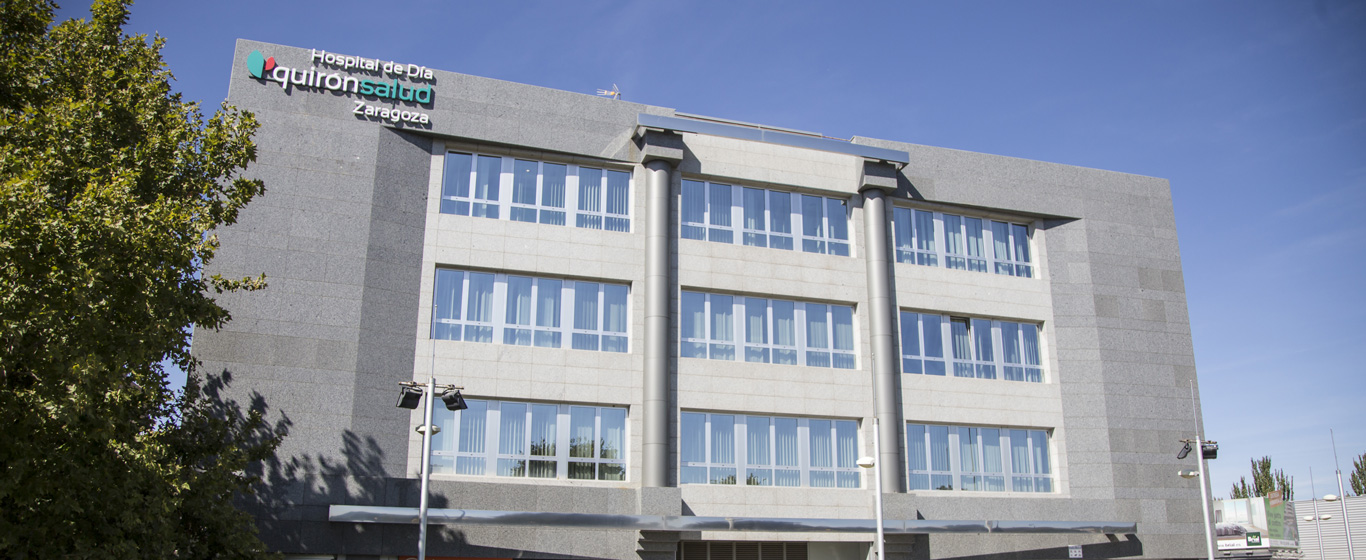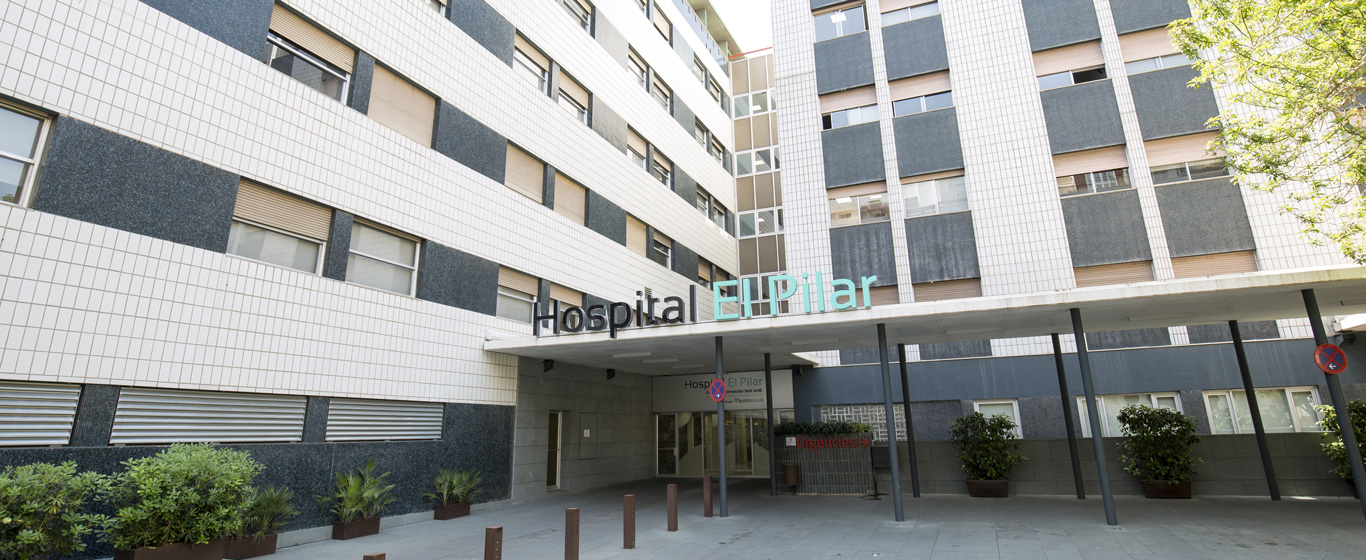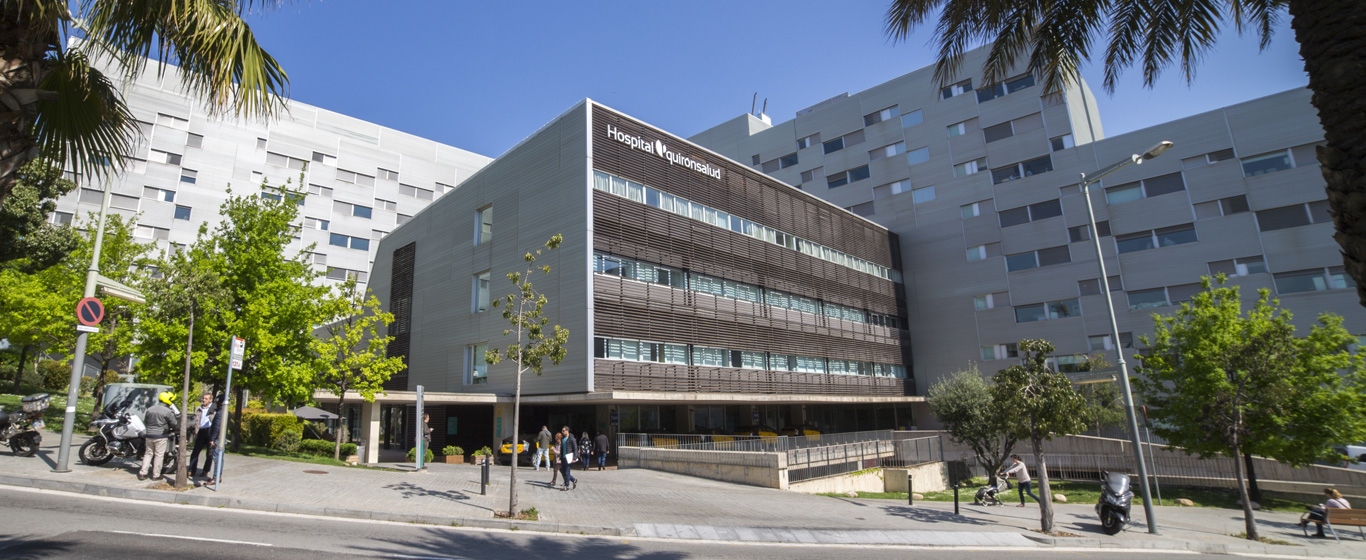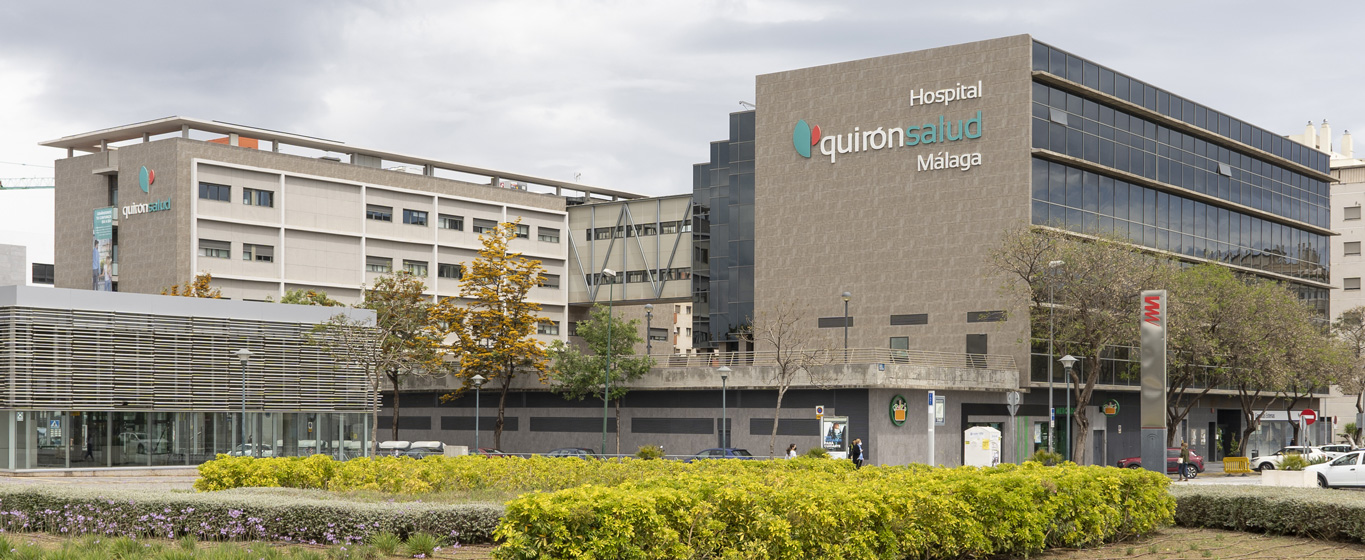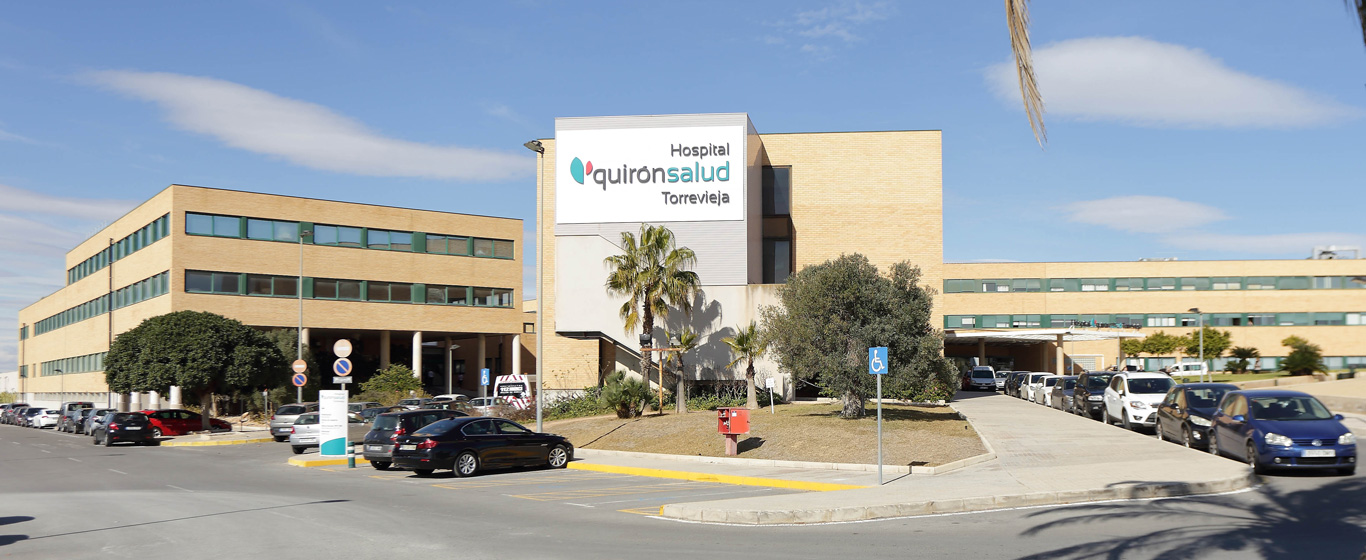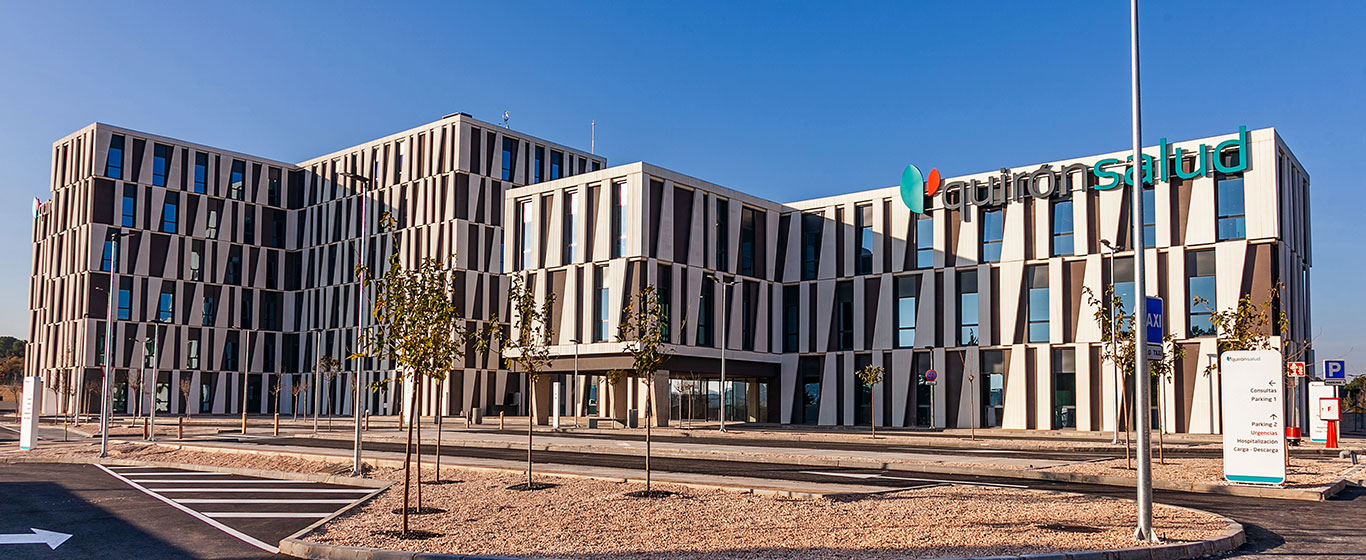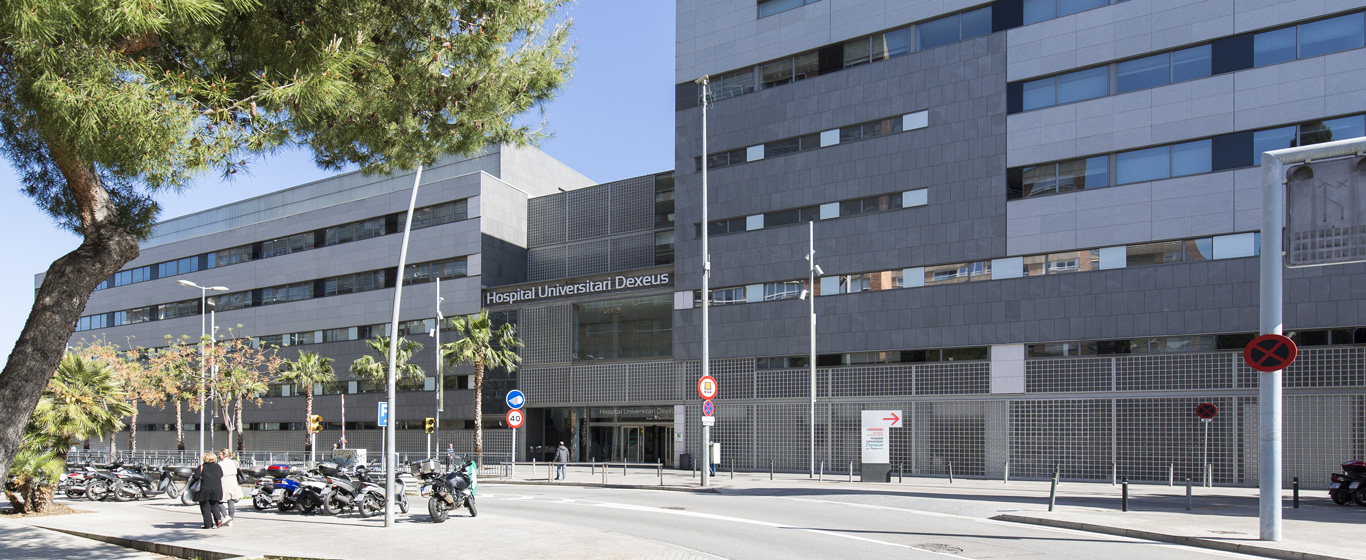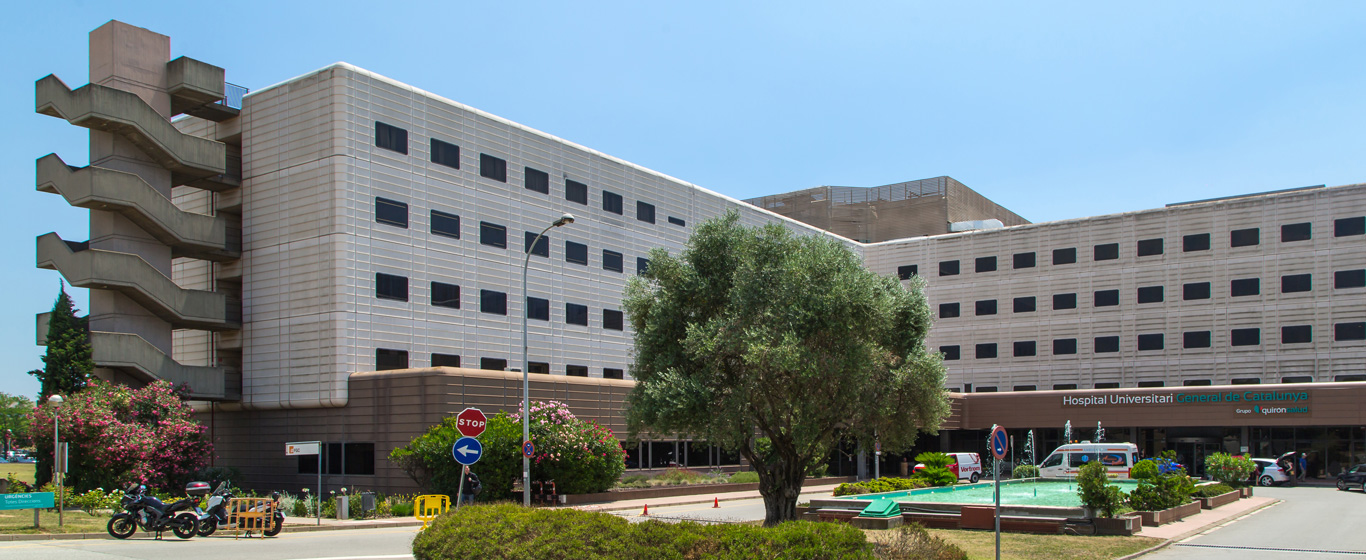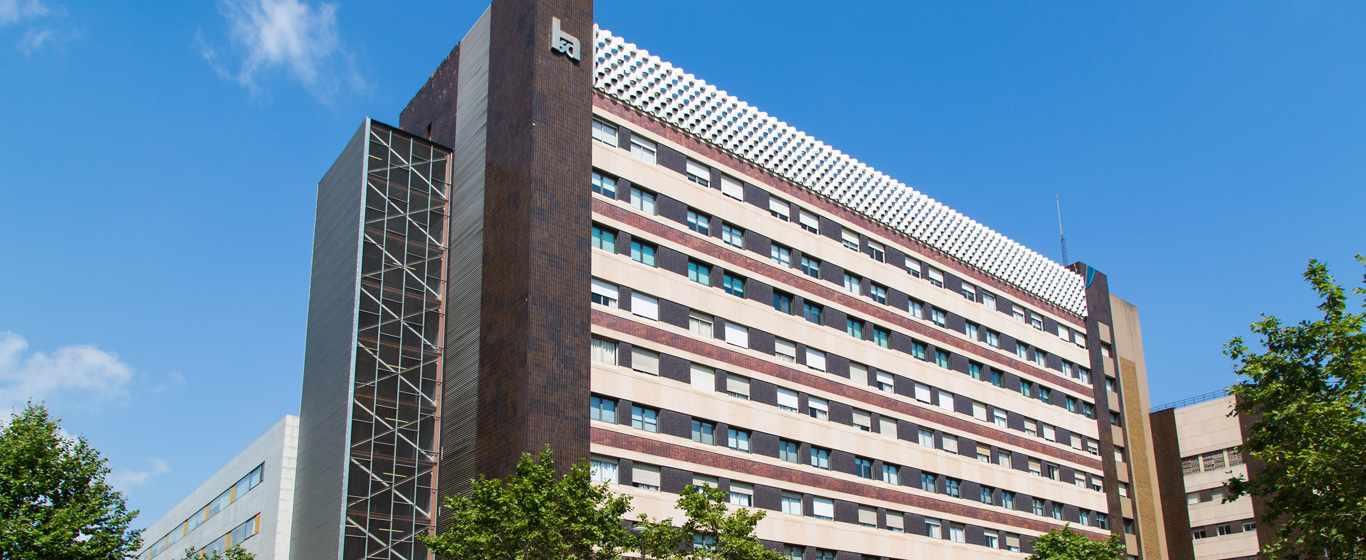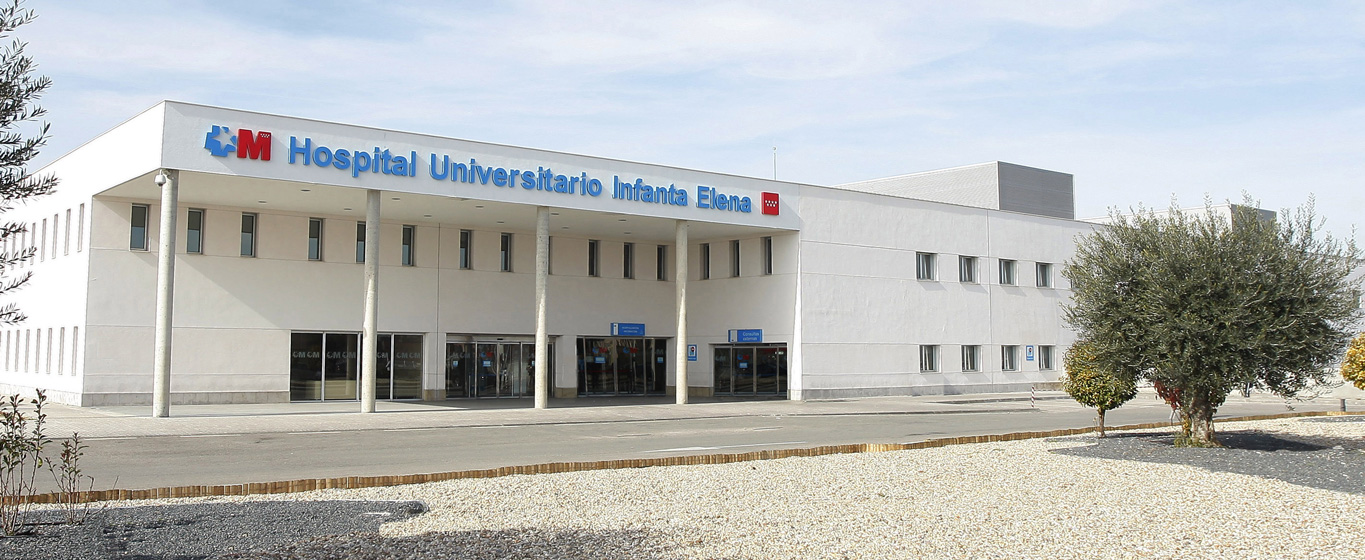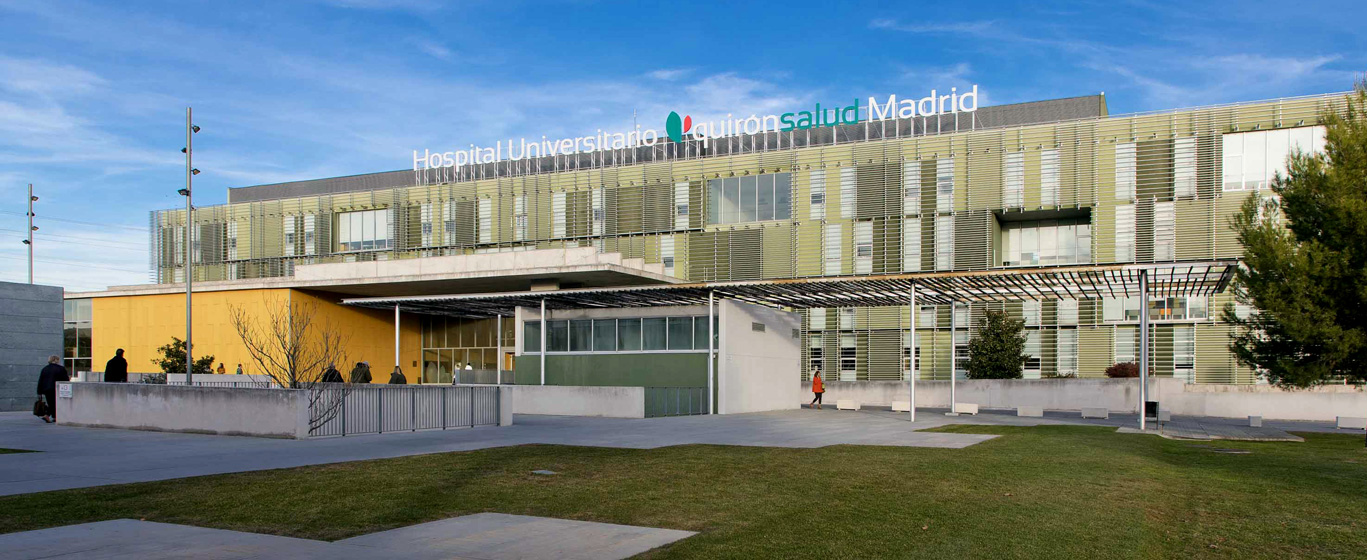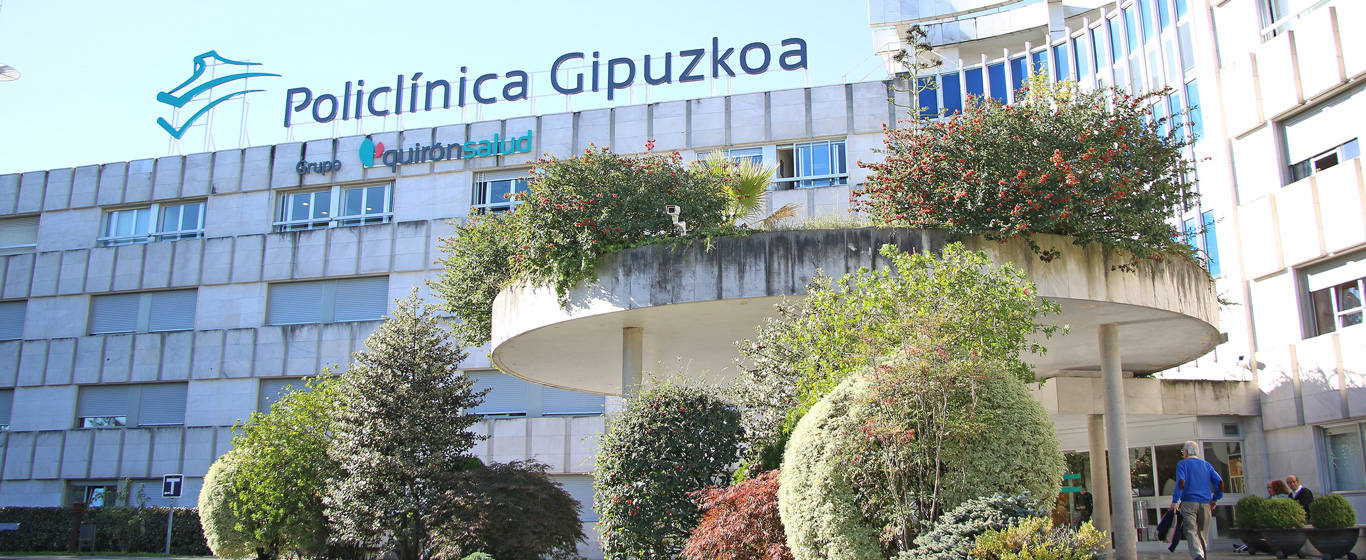Neurofibromatosis
What is neurofibromatosis? Learn all about its causes, symptoms, and the most effective treatments for its different types.
Symptoms and Causes
Neurofibromatosis is a genetic disorder that causes abnormal growth of nerve cells. The tumors that result are usually benign, although in some cases they may become cancerous over time. This condition can affect the brain, spinal cord, or peripheral nerves.
There are three different types of neurofibromatosis:
- Type 1 neurofibromatosis (NF1) or Von Recklinghausen disease: the most common type. It typically appears during childhood, with symptoms becoming noticeable before the age of 10.
- Type 2 neurofibromatosis (NF2): a rare form that causes tumors in the central nervous system (brain and spinal cord).
- Type 3 neurofibromatosis or schwannomatosis: a rare disease that occurs in adulthood. Tumors form in the peripheral nerves and spinal cord and usually cause pain that is difficult to manage.
In general, neurofibromatosis has a favorable prognosis. Affected individuals can lead mostly normal lives by following the recommendations of their specialist. In most cases, treatments focus on relieving symptoms to improve patients’ quality of life.
Symptoms
Each type of neurofibromatosis presents different symptoms, although there are certain similarities among them.
Type 1 neurofibromatosis or Von Recklinghausen disease is characterized by:
- Brown spots on the skin, sometimes present at birth.
- Freckles in the folds of the groin or armpits.
- Lisch nodules: small bumps on the iris that are difficult to detect and do not affect vision.
- Neurofibromas: small skin bumps, either ectodermal (outer layer) or mesodermal (inner layer).
- Optic glioma: tumor on the optic nerve.
- Bone deformities.
- Learning difficulties.
- Short stature.
- Head size larger than normal.
Type 2 neurofibromatosis is associated with:
- Hearing loss or ringing in the ears.
- Loss of balance.
- Headaches.
- Seizures.
- Cataracts not related to aging.
- Numbness in the legs and arms.
The main symptoms of type 3 neurofibromatosis or schwannomatosis include:
- Chronic pain.
- Weakness.
- Numbness.
- Muscle loss.
Causes
Neurofibromatosis is an autosomal dominant inherited disorder, meaning it develops when a person inherits a single copy of the mutated gene. In some cases, the mutation occurs spontaneously during gestation.
Each type of neurofibromatosis is caused by a different genetic mutation:
- Von Recklinghausen disease: mutation on chromosome 17.
- Type 2 neurofibromatosis: mutation on chromosome 22.
- Schwannomatosis: mutations in the SMARCB1 and LZTR1 genes.
Risk Factors
The main risk factor for developing neurofibromatosis is having a parent with the disease (a 50% chance for types 1 and 2, while the likelihood drops to around 15% for schwannomatosis).
Complications
Neurofibromatosis can lead to:
- Neurological problems.
- Visual impairments.
- Hormonal changes.
- Breathing difficulties.
- Bone deformities.
- Cardiovascular abnormalities.
- Pheochromocytoma: a benign tumor of the adrenal gland.
- Cancer.
Prevention
As a genetic disorder, neurofibromatosis cannot be prevented.
What specialist treats neurofibromatosis?
Geneticists are the doctors who diagnose neurofibromatosis. Treatment may also involve neurologists, oncologists, and radiation therapy specialists.
Diagnosis
The first step in diagnosing neurofibromatosis is a clinical evaluation, which includes reviewing both personal and family medical history. The specialist may then request additional tests:
- Genetic testing to detect chromosomal alterations. Some tests can be performed before birth.
- MRI or CT scans to evaluate organ condition and identify potential tumors or deformities.
- Ophthalmologic exams to assess eye health and detect Lisch nodules.
- Audiometry to determine if there is hearing loss.
- Balance tests.
Treatment
There is no general cure for neurofibromatosis. Treatment is individualized and focused on addressing specific symptoms or complications. The most common approaches include:
- Regular check-ups to monitor blood pressure, vision, and hearing.
- Monitoring childhood and adolescent development.
- Surgical removal of benign tumors that cause pain or affect quality of life.
- Radiation therapy, chemotherapy, or surgery for treating cancerous growths.
- Pain management with analgesics to relieve chronic pain.






















